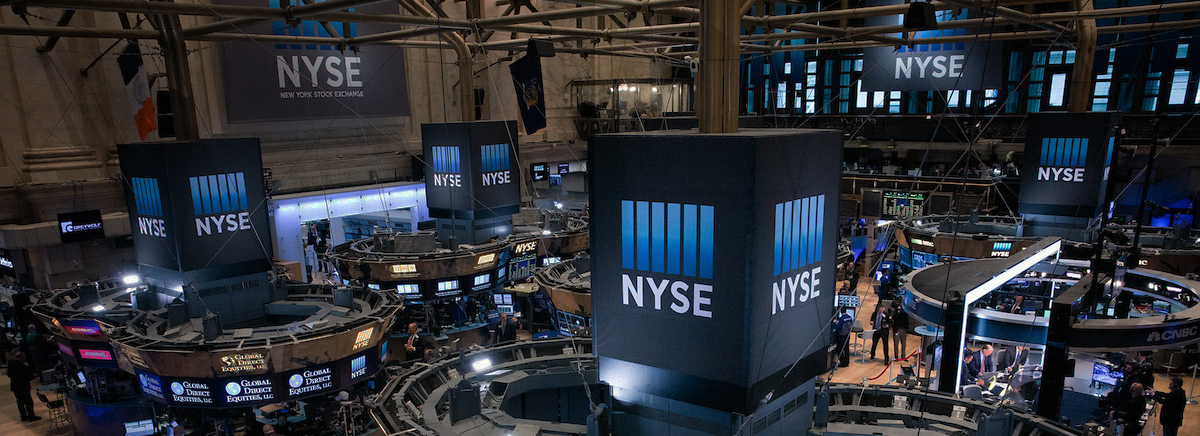Major US stock indexes closed the week with growth. The S&P 500 added just under 3% and closed the trading session on Friday at an all-time high of 4,280.7 points. The Nasdaq 100 tech index rose 2.1% over the week and hit its all-time highs, ending trading at 14,345 points. The improvement in investor sentiment was facilitated by the statements of the head of the US Federal Reserve, Jerome Powell, who on Tuesday confirmed his opinion that the rise in inflation in the country is temporary. He also noted that the Fed will continue to support the economy. At the same time, Powell acknowledged the existence of significant uncertainty amid the opening of the economy after the restrictive measures introduced due to the COVID-19 pandemic. However, Powell considers it unlikely that the rate of growth in consumer prices in the country will reach the level of the 1970s, when inflation was in double digits.
Markets Are Positive




